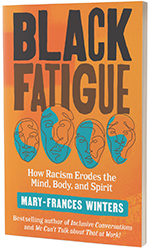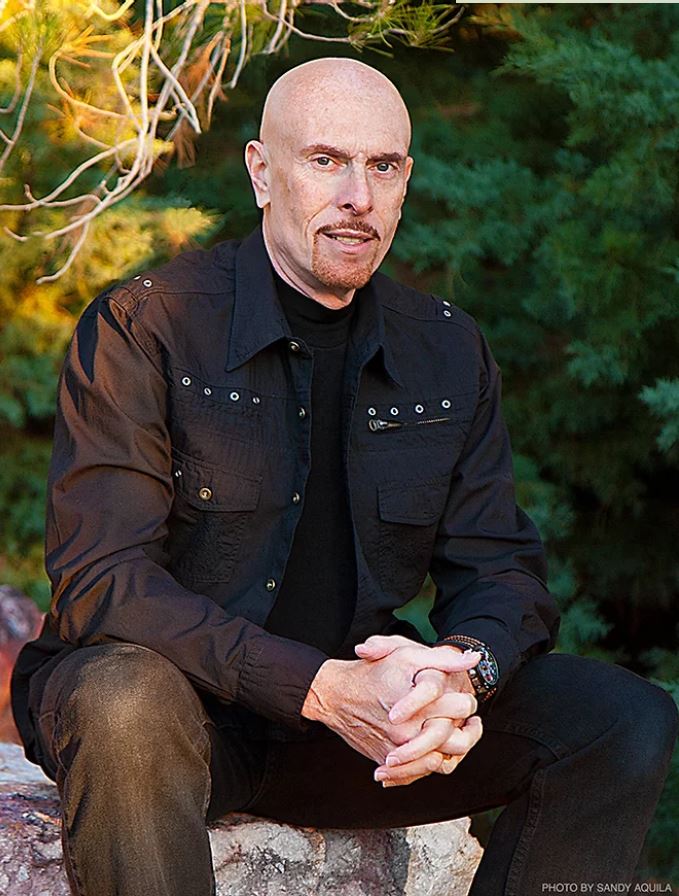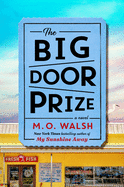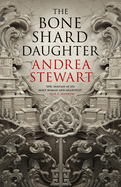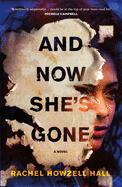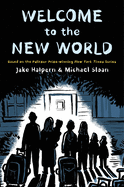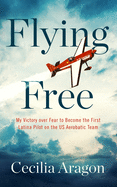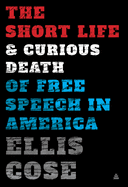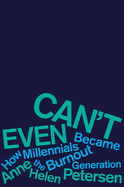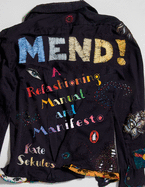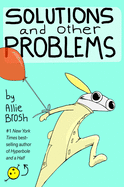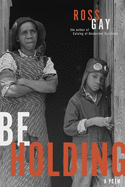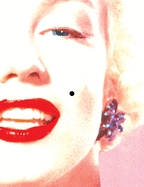 Mary-Frances Winters is founder and CEO of The Winters Group, Inc., a global diversity, equity and inclusion consulting firm, which she has been running for nearly 40 years, and she has published extensively in the social justice field. Black Fatigue: How Racism Erodes the Mind, Body, and Spirit (Berrett-Koehler, September 15, 2020) is an exploration of the personal and cultural effects of racism. Her previous works include Inclusive Conversations; We Can't Talk About That at Work!; Only Wet Babies Like Change; Inclusion Starts with "I"; and CEOs Who Get It. She has served on national not-for-profit, corporate and university boards, and has received awards and honors including the ATHENA Award, Diversity Pioneer from Profiles in Diversity Journal, The Winds of Change Award from the Forum on Workplace Inclusion and Forbes's 10 Diversity Trailblazers to Know.
Mary-Frances Winters is founder and CEO of The Winters Group, Inc., a global diversity, equity and inclusion consulting firm, which she has been running for nearly 40 years, and she has published extensively in the social justice field. Black Fatigue: How Racism Erodes the Mind, Body, and Spirit (Berrett-Koehler, September 15, 2020) is an exploration of the personal and cultural effects of racism. Her previous works include Inclusive Conversations; We Can't Talk About That at Work!; Only Wet Babies Like Change; Inclusion Starts with "I"; and CEOs Who Get It. She has served on national not-for-profit, corporate and university boards, and has received awards and honors including the ATHENA Award, Diversity Pioneer from Profiles in Diversity Journal, The Winds of Change Award from the Forum on Workplace Inclusion and Forbes's 10 Diversity Trailblazers to Know.
How are you doing right now? You finished writing this book amidst the global Covid-19 pandemic and the resurgence of the Black Lives Matter movement. What was that like? Did it motivate you? Make this work even more difficult? Both?
I am actually doing well. Thanks for asking. I trust you and your loved ones are healthy and well. While it is a difficult time in history, I think it holds a lot of hope for systemic change. I think both--it motivated me and made the work more difficult. As someone who has done this work for 36 years and came of age during the civil rights movement--as an activist and writer (editor of my high school newspaper and features editor of my college newspaper)--I am hopeful that the young activists of today can move the needle of racism so that it sticks. I think with social media and the corporate world being thrown into the social justice fray, we are at a turning point. It is a point where the world is paying attention to injustice in a way that we can no longer ignore it. I do worry, however, that when the next big news hits, the interest will wane. Also, I am already seeing pushback from corporate leaders who are concerned about the importance in their view of not making employees uncomfortable.
You cite Fannie Lou Hamer's quote from 1964, "I am sick and tired of being sick and tired." Clearly, this feeling is not new. What led you to distill it into the phrase "Black Fatigue"?
In my consulting work, I kept hearing in focus groups and training sessions with Black employees: "We are exhausted, tired of the daily challenges of living while Black and being expected to try to teach unbelieving white people what it is like." From company to company, the message from millennials, in particular, was this sense of exhaustion which I don't think my generation acknowledged in the same way. We said we were tired, but not the same level of pushback on teaching white people. This generation is prioritizing health and well-being, self-care, in ways that we did not. I started researching and found the connection to race-based trauma.
How have your life and career prepared you to write this book, at this moment in time? How have you navigated and combatted Black Fatigue yourself?
After over three decades of advocating for equity and justice, I think I became numb to the fatigue. I normalized it. Being of good physical health, I just did not think about it. In terms of my life and career preparing me, as I mention in chapter one, my Black Fatigue started in kindergarten when a little white boy called me the "n" word, and I had to from then on think about how someone might not like me or be mean to me because of my race. With each era of my life, I had to work extra hard to be noticed, recognized and succeed. Many times I had to address racism head on and deal with the consequences. Again, I think I just normalized it. The emotional tax from the extra effort required as I detail in the stories in the book, is fatiguing. I think writing the book gave me greater self-awareness of fatigue and I think I am actually better at managing it. I do prioritize self-care. For the business, we turn down work that looks like it will be particularly fatiguing because the organization is not ready or there is a lack of trust in our capabilities (requiring extra levels of vetting).
So many of these issues are hauntingly, inexcusably familiar. You really distill it with the phrase "Then is now." For those who haven't read your book yet, can you say a little about this powerful phrase?
"Then is now" means that you can look at any previous point in history and today on any social, political, workplace, criminal justice issue and the statistics have not changed. It is striking to see all of these indicators of success that have not moved for Black people in many instances since the '60s. Black people continue to be overall the most oppressed group even though there has been a great deal of legislation designed to eradicate racism. For example, Brown v. Board of Education was a landmark Supreme Court decision making segregated public schools unconstitutional, but public schools are more segregated today than in 1954.
In an interview with the New York Times on what it's like to be Black in publishing, vice-president and executive editor at Pantheon Erroll McDonald said, "After all of this hoopla, after all of this self-education, I worry that we're going to wake up and be exactly where we were before any of this happened. I don't think that as a result of white people reading certain books, we're going to be living in a post-racial America." Clearly there's a need not just for education but action. You offer quite a few suggestions for action both throughout and in your final chapter. What kinds of connections do you see between education and action? What actions do you hope people start with?
I think there has to be a strong desire to take action, and I agree with the Pantheon editor that education by itself is not the answer. Many say we need allies. I say we need power brokers. Allyship is fine but allies are not always in the position to make changes to policies and practices. Those who are in power are. It is the collective responsibility for those who hold the power to say we are going to dismantle racism and not allow any more excuses. We are going to get to the root of it, which is laborious, time consuming and will get a lot of criticism along the way. We have to be in it for the long haul, unequivocal and persistent. We have to do it not because there is violence in the streets but because we think it is the right thing to do for society. The action that I hope people start with is guaranteeing voting rights for all people. Take people to the polls. Get on the phone and register people to vote. Speak out against voter suppression. This is a short-term, very important action. --Katie Weed
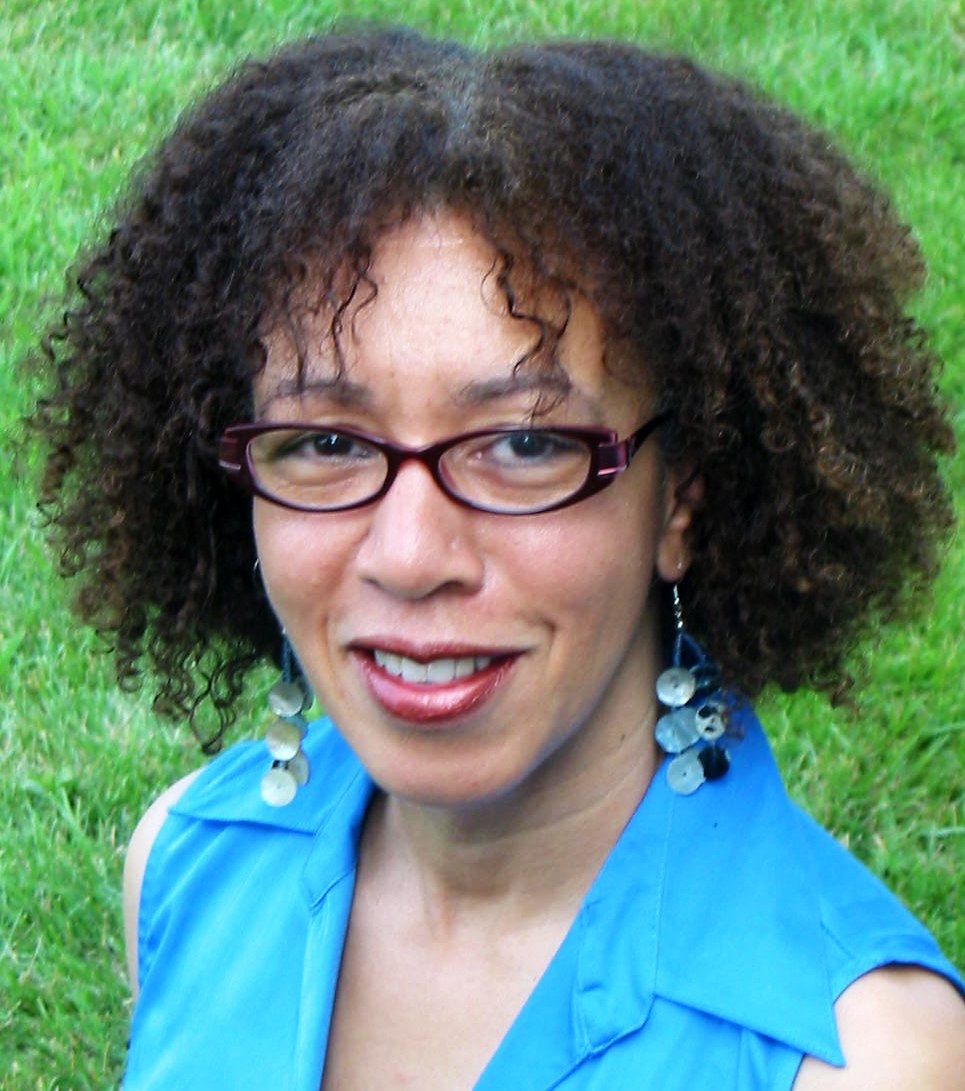
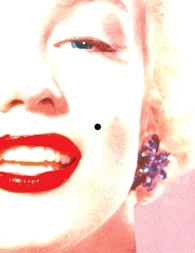 By using intimate, first-person poems that read like a one-woman show, Beauty Mark works to channel Marilyn's voice, one that was often ignored. Through a troubled childhood, several marriages, miscarriages and mental illness to a Madison Square Garden dressing room a few months before she died, her story unfolds in a series of verse flashbacks.
By using intimate, first-person poems that read like a one-woman show, Beauty Mark works to channel Marilyn's voice, one that was often ignored. Through a troubled childhood, several marriages, miscarriages and mental illness to a Madison Square Garden dressing room a few months before she died, her story unfolds in a series of verse flashbacks.


